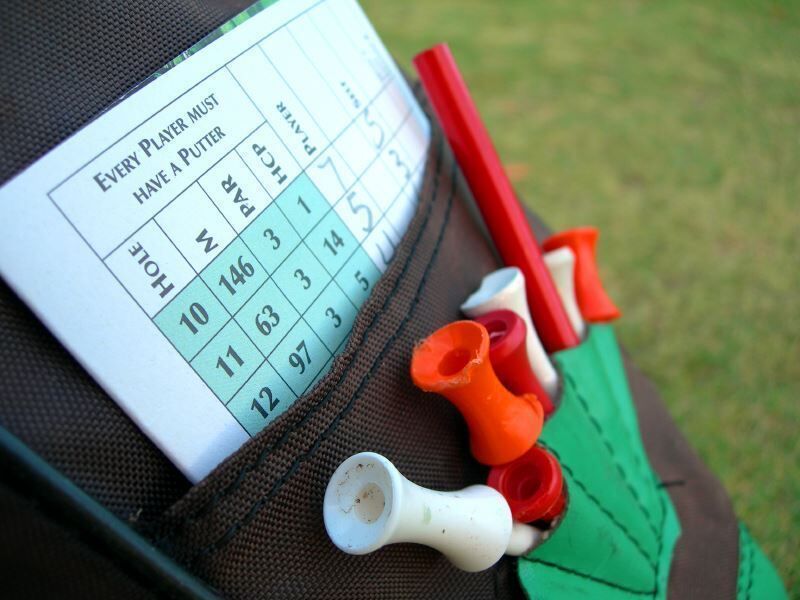Honma Golf History

1959-79
The Honma brothers opened the Tsuruni Golf Center, the predecessor to the Honma Golf Company, in 1959, on the principle that making a golf club is an art form. Three years later, they produced their first test club, and in 1963, they introduced the first Honma brand golf club. The Collect model was introduced in 1969. The company would improve on this model with the New Collect and Extra Collect through 1973. Honma introduced its first graphite-shaft woods in 1973. In 1978, it launched the Hiro Honma brand, named after the founding brother who became the driving force behind the company. In the 1970s, Honma also added a line of apparel.
1980s
The company continued to build the Hiro Honma brand in the 1980s with the Prancer Face, Control Face and Balance Face lines. The company moved its headquarters and manufacturing plant to the coastal city of Sakata, about 200 miles north of Tokyo, where it became the largest employer. Honma's persimmon woods were developed during the 1980s. Professional golfer Lee Trevino used Honma persimmon woods in his 1984 PGA Championship victory. In 1985, the company introduced its Boron line and continued to improve on its carbon-graphite shafts.
1990s
Throughout the 1990s, Honma continued to innovate in shafts and metal woods. The key development during this decade was the addition of titanium to the carbon graphite shaft. Honma introduced this technology, for which it secured a U.S. patent, in 1990 in the form of its Titanium Fine Metal and Titanium Carbon shafted clubs. In the middle of the decade, the company moved its headquarters to Tokyo, though the sole manufacturing plant remained at Sakata. Honma also expanded its sales presence in Asia, opening offices in Hong Kong, Malaysia, Singapore, Taiwan and Thailand. Honma's irons become a top choice for touring professionals, and as late as 1994, the persimmon woods were still being used on tour. In 1998, the company introduced its titanium wood series; in 1999, it introduced its first milled putter, the CNC.
2000s
In the opening decade of the 21st century, Honma gained recognition in the United States as a luxury brand as many celebrities and wealthy golfers began using the company's clubs. The company continued to improve on its titanium series of clubs as well as exploring other metals. In 2003, it signed its first prominent sponsorship deal with Chinese touring pro Zhang Lian Wei, who played in the 2004 Masters after becoming the first Chinese golfer to win on the European Tour. In 2017, Honma commemorated their 60th anniversary with a special edition club.
The Experience
Buying Honma clubs can be an experience completely different from buying a standard set of golf clubs. Though you may choose to buy Honmas from stock, the company specializes in custom fittings. The specifications garnered from a fitting session are sent to the Sakata factory, where each club is hand-crafted -- from flex to launch angle to club length. The process takes about a month.